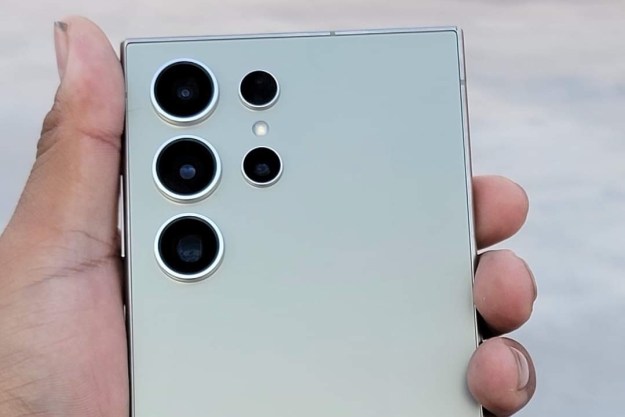Get ready for the Samsung Galaxy S11 to really impress with its camera specification, as it’s being rumored the 2020 flagship smartphone will have a brand new 108-megapixel camera sensor. The main lens on the back of the Galaxy S10, available now, has 12 megapixels.
Keen Samsung and mobile fans will likely have already heard about a 108-megapixel camera sensor. In August, Samsung announced the Isocell Bright HMX sensor, which was the world’s first to go above 100 megapixels. It was built in conjunction with Xiaomi, and is expected to be used for the first time on Xiaomi’s CC9 Pro and Mi Note 10 smartphones, set to launch in the coming weeks.
However, Samsung may be working on a second-generation Isocell Bright HMX sensor, and it’s this that’s being rumored for inclusion on the Galaxy S11. This comes from the usually reliable Twitter phone leaker @IceUniverse, who tweeted, “The Galaxy S11 has a high probability of using a new 108-megapixel sensor.”
Why would you want a camera with such a high megapixel count? In fact, you probably won’t take many photos at 108 megapixels. Instead, the large sensor and some clever technology in the current Isocell Bright HMX sensor lets take bright and detailed low-light images at 27 megapixels, and then a high ISO enables low noise, richly detailed pictures in good light. Photos taken at 108 megapixels provide masses of opportunity to crop down without losing detail, and video can be shot at 6K resolution, or 6016 x 3384 pixels.
The Galaxy S11 is not official yet, but rumors have been spreading about its potential specification. It’s possible the phone will have a 20:9 aspect ratio screen, making it taller and slimmer than the Galaxy S10, and more like the Galaxy A80 or the OnePlus 7T. Rumors of an under-screen selfie camera have also spread, which would be the end of the hole-punch or notch in the screen, but it has also been rumored this may not arrive on the S11.
When do we expect to see the phone? Samsung traditionally releases its new S-series phone around February or March, so we should look out for the S11 around that time next year. Rumors spread now may not represent the final phone, but may give us a strong clue about what Samsung has in mind.
Editors' Recommendations
- A surprise phone just beat the Galaxy S24 Ultra in a big way
- The Galaxy S24 just got a big camera update. Here’s what’s new
- The Samsung Galaxy S24 just got destroyed in this camera test
- I tested the Galaxy S24 Ultra’s new camera, and it shocked me
- Samsung may have made a horrible decision with the Galaxy S24



